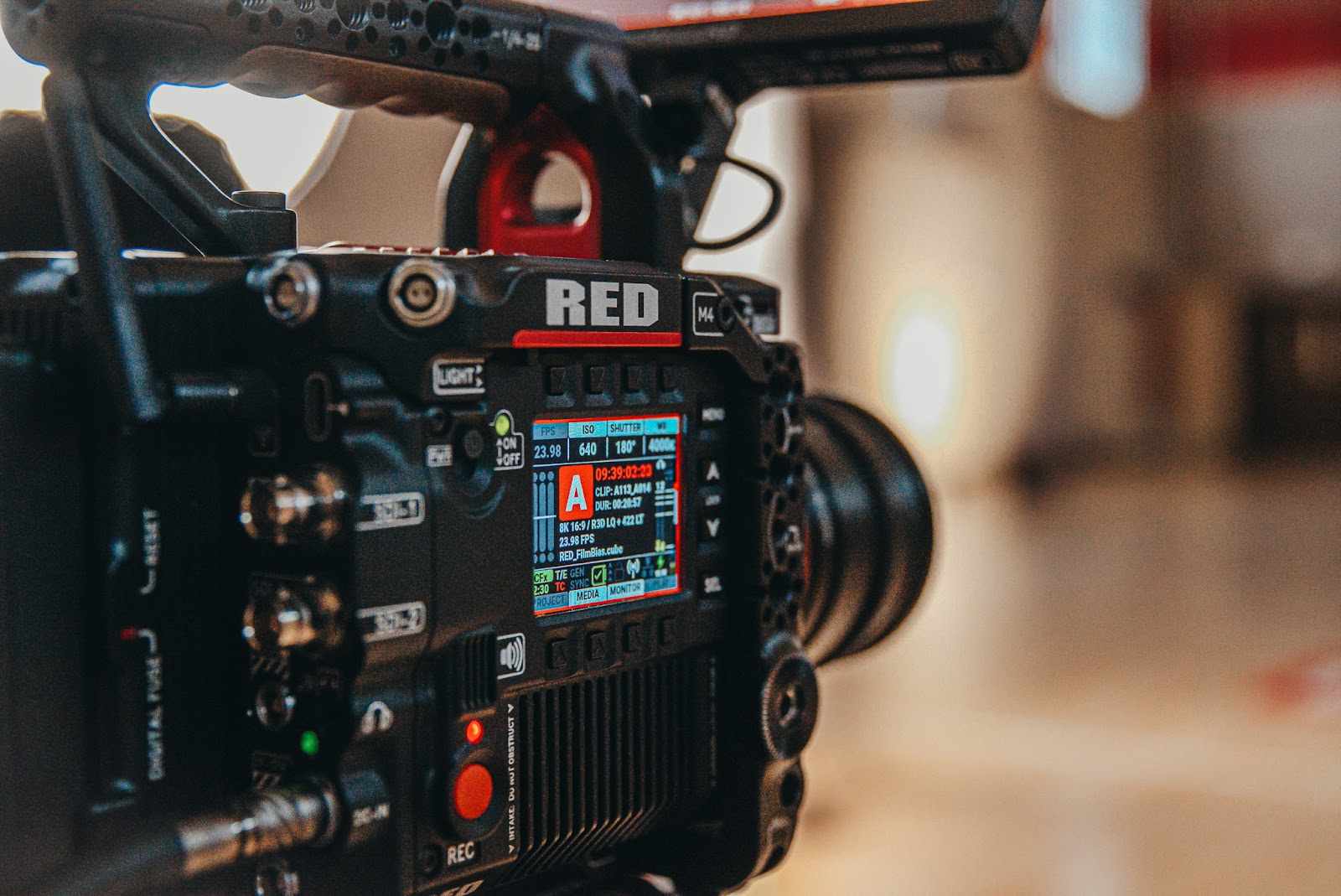Effective Explainer Video Tips: How to Create Them
Explainer videos are one of the most powerful tools businesses can use to communicate complex ideas in a simple, engaging, and visually appealing way. Among these, the animated explainer video stands out as a strategic tool for effective communication. Whether introducing a product, explaining a process, or educating an audience, animated explainer videos can enhance understanding and drive action. In this guide, we’ll explore the best practices for creating effective explainer videos, from concept development to production and distribution.
What is an Explainer Video?

Planning and Research
Before diving into the creation of an explainer video, thorough planning and research are crucial. Start by identifying your target audience and understanding their pain points and preferences. This insight will guide the development of a message that resonates with them. Research your competitors to see how they are using explainer videos and identify opportunities to differentiate your content. Define your unique value proposition (UVP) and key messaging to ensure your video stands out. Develop a content strategy that aligns with your marketing goals, and create a detailed storyboard and script that will engage your audience. By investing time in planning and research, you can create an explainer video that effectively communicates your message and drives engagement.
Effective Explainer Video Tips
Creating a compelling explainer video requires a strategic approach to ensure it becomes a good explainer video. One of the most important factors is keeping the video concise. The best explainer videos are short and to the point, typically lasting between 60 and 90 seconds. Viewers should grasp the key message within the first few seconds to maintain their attention. It’s also essential to focus on a single message. Rather than overloading the video with too much information, businesses should identify the core problem their product or service solves and build the narrative around it. The tone of the video plays a significant role in engaging the audience. Using a conversational and relatable tone makes the video more accessible and enjoyable to watch. Avoiding overly technical language ensures that viewers can understand the message without confusion.
Branding is another crucial element of explainer videos. Incorporating consistent colors, logos, and visual styles throughout the video helps reinforce brand recognition and trust. Beyond visuals, the video should always end with a clear call to action (CTA). Whether the goal is to drive traffic to a website, encourage sign-ups, or promote a purchase, a strong CTA guides viewers toward the next step and increases conversions. Additionally, ensuring that the video is mobile-friendly is essential, as a significant portion of users watch videos on their smartphones. Optimizing video formats and aspect ratios for mobile devices enhances the viewing experience and expands audience reach.
How to Make an Explainer Video
The process of creating an effective explainer video begins with defining the overall goal. Understanding whether the primary objective is to increase brand awareness, educate customers, or drive sales will shape the direction of the content. Identifying the target audience is equally important, as it allows businesses to craft a message that resonates with viewers and aligns with their interests and pain points.
Writing a strong explainer video script is the foundation of any successful explainer video. The script should be structured with a clear beginning, middle, and end, ensuring that the message flows naturally and is easy to follow. A well-thought-out storyboard further enhances clarity by visually mapping out how the video will unfold, including transitions, animations, and key focal points. Once the script and storyboard are finalized, the next step is producing high-quality visuals. Whether utilizing animation, live-action footage, or a combination of both, strong visuals enhance engagement and retention.
Voiceovers and background music also contribute to the overall effectiveness of an explainer video. A professional voiceover adds credibility and ensures the message is delivered in an engaging way, while carefully selected music creates the right mood and enhances the viewing experience. Once the video is produced, the final stage involves editing and optimizing the content. Smooth transitions, visually appealing animations, and subtle effects help keep the viewer’s attention focused on the key points. Additionally, subtitles and closed captions improve accessibility, making the video more inclusive to a diverse audience, including those with hearing impairments or those watching in sound-sensitive environments.
Best Practices for Explainer Videos
To ensure that explainer videos effectively communicate their intended message, brands should incorporate storytelling techniques that connect with their audience on an emotional level. Instead of simply listing product features, the video should present a compelling narrative that highlights the benefits and impact of the product or service. Visual elements, such as animated explainer videos, should complement and enhance the message rather than merely repeating what the voiceover states. A seamless balance between narration and visuals helps maintain viewer engagement.
The pacing of an explainer video is another important factor. The video should move quickly enough to hold attention while allowing viewers enough time to absorb the information. Regular testing and iteration are essential in refining the effectiveness of the video. For instance, comparing the pacing of an animated explainer video with a live action explainer video can provide insights into which format better suits the target audience. Gathering feedback from the target audience and making necessary adjustments based on their responses ensures continuous improvement and better engagement. Additionally, using data analytics to track performance metrics such as watch time, click-through rates, and viewer drop-off points allows businesses to refine their approach and maximize the effectiveness of their videos over time.
Explainer Video Production Guide
Producing a high-quality explainer video involves multiple stages. The pre-production phase includes planning the script, developing the storyboard, and defining the overall vision of the video. This phase ensures that the production process runs smoothly and aligns with the brand’s goals. The production stage consists of either filming live-action explainer videos or animating the visuals, paying close attention to lighting, framing, and sound quality to achieve a polished final product. In post-production, the video undergoes editing, where effects, transitions, voiceovers, and background music are added to enhance its impact. Finally, once the video is complete, distribution strategies come into play. Uploading the video to platforms such as YouTube, company websites, and social media channels helps reach the right audience and maximize its effectiveness.
To further enhance the video’s reach, businesses should consider repurposing content for different platforms. Shorter clips can be shared on social media, while longer, in-depth versions can be featured on company websites or used in presentations. Additionally, using whiteboard animation can be an effective way to capture attention and convey information creatively. Optimizing video metadata, including title tags and descriptions, improves discoverability and ensures that the video ranks well in search engine results, leading to increased traffic and engagement.
Engaging Explainer Video Strategies
To maximize the effectiveness of an explainer video, businesses should implement strategies that ensure broader reach and engagement. One important strategy is optimizing video content for search engines by incorporating relevant keywords in titles, descriptions, and tags. This practice improves the visibility of the video and increases the likelihood of it appearing in search results.
Sharing videos on social media is another effective approach. Developing a robust video strategy involves posting content on platforms such as LinkedIn, Facebook, Instagram, and Twitter to help brands connect with their audience and encourage engagement through likes, comments, and shares. To make explainer videos more accessible, businesses should also include captions and subtitles, which not only improve viewer retention but also cater to a wider audience, including those who watch videos without sound. Additionally, experimenting with different versions of a video through A/B testing can provide valuable insights into what works best for different audiences. By testing various styles, lengths, and calls to action, businesses can optimize their videos for maximum impact. Leveraging influencer partnerships or paid promotions can also extend the reach of the video, ensuring it reaches the right audience segments.
Measuring Success
To gauge the effectiveness of your explainer video, it’s essential to track its performance and impact on your marketing goals. Start by monitoring key video metrics such as views, engagement rates, and click-through rates. These metrics provide insights into how well your video is capturing and retaining audience attention. Additionally, track website analytics to see how the video influences traffic, conversions, and bounce rates. Conduct A/B testing to optimize video performance by experimenting with different versions and identifying what resonates best with your audience. Gather feedback from viewers to understand their perceptions and identify areas for improvement. By measuring the success of your explainer video, you can refine your video marketing strategy, enhance engagement, and achieve better results.
Options for Creating Explainer Videos
When it comes to creating explainer videos, you have several options to choose from, depending on your budget, resources, and expertise. One option is DIY video creation using online tools and software, which can be cost-effective and allow for creative control. Alternatively, you can hire a freelance video producer or animator to bring a professional touch to your video. Partnering with a video production company is another option, offering comprehensive services from concept to final production. Lastly, using a video marketing platform that offers explainer video creation services can streamline the process and provide additional marketing support. Consider your specific needs and goals to select the best option for creating an effective explainer video.
Using Explainer Videos in Marketing
Explainer videos are versatile tools that can be integrated into various marketing channels and campaigns to boost engagement and conversions. Place them on your website’s homepage and product pages to provide visitors with a quick and compelling overview of your offerings. Share them on social media platforms like Facebook, Twitter, and LinkedIn to reach a broader audience and encourage social sharing. Incorporate explainer videos into email marketing campaigns and newsletters to enhance open rates and click-through rates. Utilize them in paid advertising campaigns, such as Google Ads and Facebook Ads, to capture attention and drive traffic. Additionally, showcase explainer videos at trade shows and events to attract and inform attendees. By incorporating explainer videos into your marketing strategy, you can increase engagement, drive conversions, and improve brand awareness.
Conclusion
Creating a great explainer video requires careful planning, strong storytelling, and high-quality production. By following best practices and implementing engaging strategies, businesses can develop videos that simplify complex messages and drive meaningful actions. Whether through animation, live-action, or a hybrid approach, explainer videos are an essential tool for modern marketing. Prioritizing clear messaging, compelling visuals, and strategic distribution ensures that businesses reach their target audience effectively, enhancing brand awareness and customer engagement. Additionally, staying up to date with video marketing trends and continuously refining production techniques will help businesses maintain a competitive edge in an evolving digital landscape.




